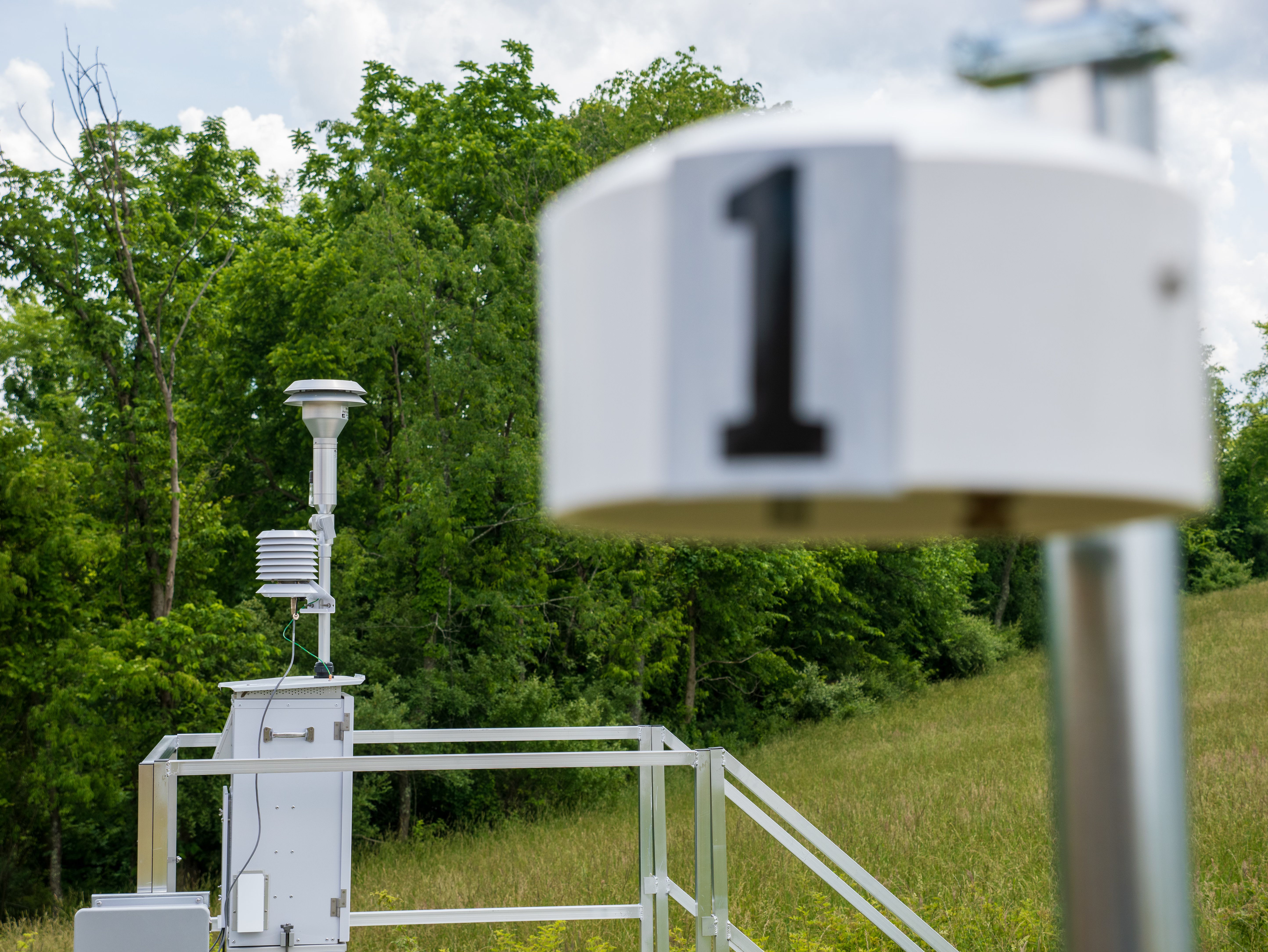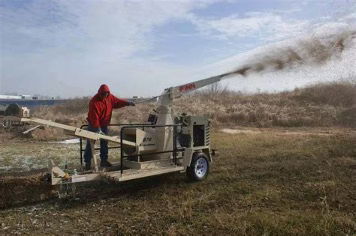Ordinary Exceptions
Context Corner Edition 11
June 9, 2025

By Jim Locke, CNX Director Air Quality of Regulatory Reporting
After 20 months of monitoring, we are still experiencing new things in the Radical Transparency program and learning from those experiences. While the experience has provided an abundance of positive news, we are learning that, on occasion, we will encounter an event that none of us would have considered causing concern. A neighbor’s wood burner, a farmer working the field, and even small insects swarming to do what comes naturally, have all presented our teams with occasional head-scratchers as they pushed our investigation beyond our operations to find the source of high readings. This past week, another first was encountered that created our first exceedance of the National Ambient Air Quality Standard (NAAQS) for a daily average of particles with a mean diameter smaller than 2.5 micrometers (PM2.5).
On the afternoon of June 4, an indication of an elevated PM2.5 concentration was detected at the upwind monitor (BAM1) on the NV113 well pad.

The high reading lasted just over an hour, but the hourly average concentration was high enough to raise the PM2.5 24-hr daily average concentration to 48.2 micrograms per cubic meter (μg/m3), which exceeded the NAAQS of 35 μg/m3. An investigation was launched immediately to determine the source of the concentration.

The BAM1 monitor is situated to the southwest of the well pad and the wind was blowing from the southwest. Clearly, the dust was not being generated on the well pad. From discussions with the Lease Operator, we learned of work being performed on the pipeline right of way at that time. The construction team explained the work consisted of the routine task of spreading grass seed and covering it with a mulch layer of shredded straw, using a straw blower that is commonly used by landscapers on projects where large areas of ground must be covered, such as new home construction and other commercial grading projects. This work is necessary to meet the requirements of the ESCGP permit for the pipeline and is performed by any entity that receives a similar permit for their project regardless of industry.

As the crew reached a point that was upwind of the BAM1 monitor, the wind carried the particles to the monitor, causing the concentration to become elevated. As they moved past the monitor, the readings subsided. We can only presume that the concentrations were high when the crew was working in areas away from the monitor. What we know is that our standard job procedures, followed by the employees performing the work, kept them upwind of the blown straw and safely away from the areas of high concentration. Also, the BAM2 monitor that is situated on the opposite corner of the pad, downwind from BAM1, recorded no impact from the event as it maintained readings that were at or near the background concentration. From the monitoring data, coupled with support from the operations and construction teams, we were able to conclude that the particles generated by the activity quickly dispersed and settled to the ground, creating a localized event that had no impact beyond the boundary of our well pad.
As we have progressed with this project, one constant has been that the learning opportunities never cease. Even ordinary activities can present exceptions. In this instance, a regulatory-driven, off-pad construction event that was not even associated with our on-pad development or production activities provided something new to consider. Regardless, with nearly 600,000 data points, having only one exception—while not as perfect as we would hope—is a pretty good record.
You may also like...



